INFECTION CONTROL IN HEALTHCARE: PRECAUTIONS (PART I)
Infections acquired in healthcare settings are common, yet preventable. Healthcare workers have a responsibility to patients and to society at large to do everything possible to reduce the spread of infections in the risk-prone environments of hospitals, surgery centers, clinics, and other healthcare facilities.
In the first of our two-part series on infection control in healthcare, we’ll explore precautions developed by the Occupational Safety and Health Administration (OSHA), the Centers for Disease Control (CDC), and the National Institute for Occupational Safety and Health (NIOSH) to help prevent and control the spread of infectious disease in healthcare settings. Part two will cover safe practices by these same regulatory agencies in more detail.
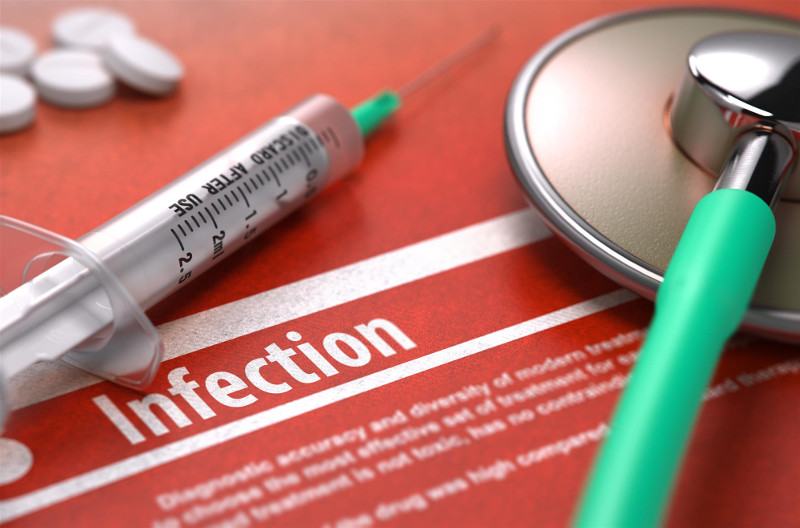
The following information should be disseminated to healthcare workers by their employers, whether in handouts, through medical videos , or other means. Before we move on, let’s look at some statistics regarding healthcare-associated infections, or HAIs, to help emphasize why infection control is so important.
BY THE NUMBERS: HEALTHCARE-ASSOCIATED INFECTIONS
Infections that can be picked up in a healthcare setting are referred to as “healthcare-associated infections.” HAIs are common, yet preventable. The HAI Prevalence Survey results were published in 2014 and found that an estimated 722,000 HAIs occurred in U.S. acute-care hospitals in 2011. 1 More than half of those infections occurred outside of the ICU. Sadly, around 75,000 patients with HAIs died during their hospitalizations.1
Here are the estimated infections by bodily site, according to the survey:
- Pneumonia: 157,500
- Gastrointestinal Illness: 123,100
- Urinary Tract Infections: 93,300
- Primary Bloodstream Infections: 71,900
- Surgical site infections from any inpatient surgery: 157,500
- Other types of infections: 118,500
REGULATORY AGENCIES RESPOND TO THE AIDS EPIDEMIC
In response to the emerging HIV/AIDS epidemic, in 1987 the CDC announced universal precautions for the handling of blood and bodily fluids in healthcare settings. Healthcare workers were advised to treat all blood and bodily fluids as if they were infected with HIV or other pathogens. These guidelines are still in use today.
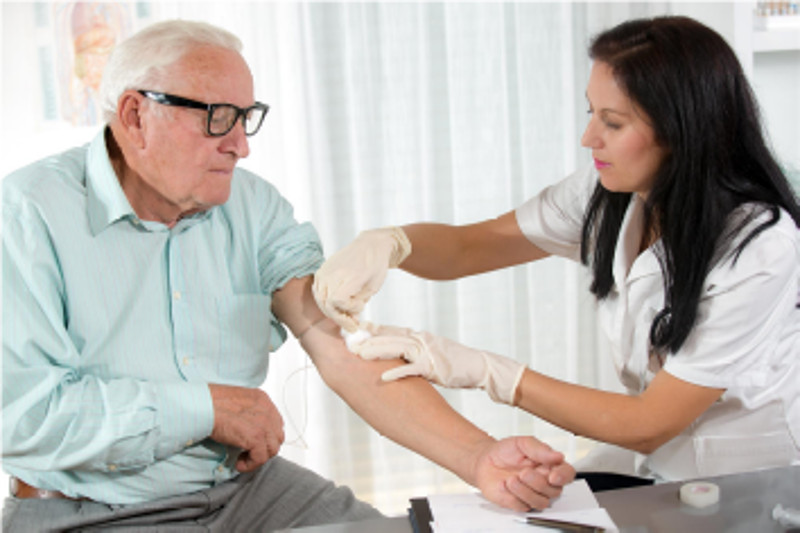
Universal Precautions
In 1991, OSHA adopted universal precautions in its Bloodborne Pathogens Standard for preventing the transmission of bloodborne pathogens. The agency defines potentially infectious fluids as:
| Semen | Peritoneal fluid |
| Vaginal secretions | Amniotic fluid |
| Cerebrospinal fluid | Saliva fluid |
| Synovial fluid | Fluid that contains blood |
| Pericardial fluid | Unfixed tissue or skin (except for intact skin) |
Universal precautions also mandate that healthcare workers utilize the appropriate personal protective equipment (PPE), including masks, gloves, and gowns.
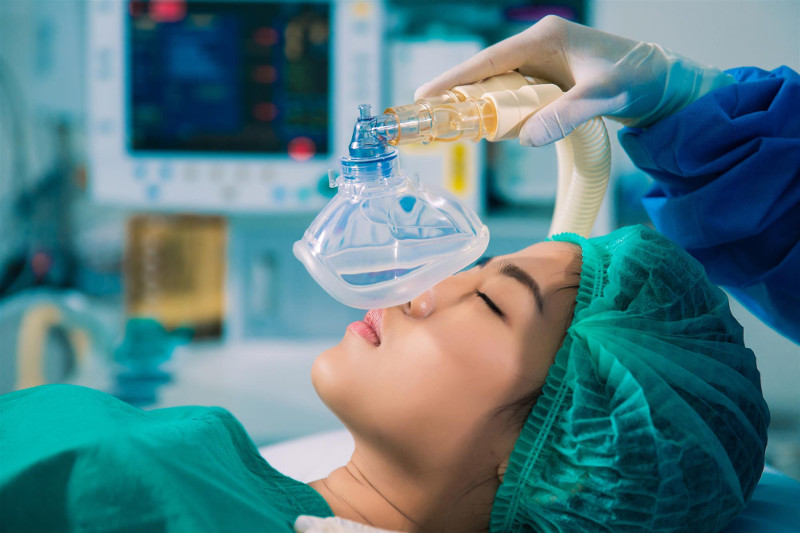
Standard Precautions
In 1996, the CDC issued standard precautions as the primary strategy for preventing the transmission of infectious pathogens in healthcare settings. Standard precautions require that healthcare workers:
- Practice good hand hygiene
- Use PPE, such as masks, gloves, and gowns
- Employ safe injection practices
- Properly handle equipment that has been exposed to bodily fluids
PROPER HAND HYGIENE
According to the World Health Organization (WHO), hand hygiene is the most important method for preventing the spread of infections, since hands are the most common vehicle for transmission.2 The WHO recommends washing/sanitizing hands thoroughly in all of the following circumstances:
- Before and after touching a patient
- Before aseptic procedures (e.g., inserting/removing a catheter, surgery, etc.)
- After exposure to bodily fluids
- After touching a patient’s surroundings
Healthcare workers should practice proper hand hygiene procedures, as follows:
- Wash hands with soap and water for at least 15 seconds or use alcohol-based hand rubs before and after:
- All patient contact
- Putting on and removing PPE
- Contact with potentially infectious material
- Dry hands with a disposable hand towel.
- If hands are visibly soiled, workers should always wash hands with soap and water rather than relying on alcohol-based rubs alone.
PERSONAL PROTECTIVE EQUIPMENT (PPE)
Healthcare personnel should use personal protective equipment (PPE) at all times, regardless of whether a patient has no known infection. PPE includes:
- Gloves: Should be worn when touching blood, bodily substances, or non-intact skin (such as when inserting an IV or changing a wound dressing). Gloves should also be worn when handling contaminated surfaces or items. Gloves should be changed out with each new patient, and once gloves are removed, workers should wash their hands or use sanitizer immediately.
- Gowns: Gowns should be worn to protect the healthcare worker’s skin and clothing if there is a chance of splattering, spraying, or spurting during wound dressing changes, intubation of a patient, etc. Sterile gowns should be worn during aseptic procedures.
- Masks/Face Shields: Masks and eyewear or a full-face shield should be worn to protect mucous membranes of the eyes, nose, and mouth during procedures that could result in splashing or splattering of blood and/or bodily fluids. Healthcare workers who experience accidental exposure should wash the area immediately or flush (e.g., the eyes) with water. The worker should report the incident immediately and undergo any follow-up procedures with the institution where they work, including blood tests, if necessary.
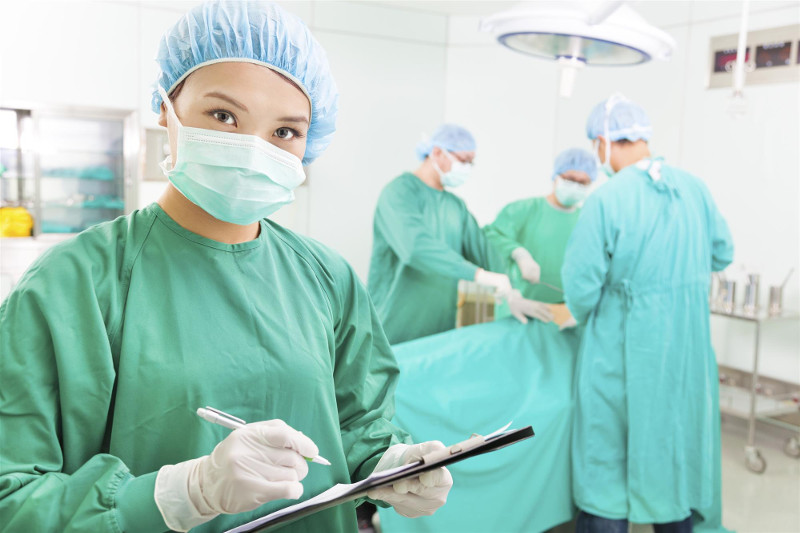
RESPIRATORY HYGIENE AND COUGH ETIQUETTE
Healthcare workers, patients, and visitors should cover their noses and mouths with a tissue when coughing or sneezing; they should immediately discard the tissue and follow hand hygiene techniques (washing with soap and water or using alcohol-based sanitizer) afterward. Visitors with a cough should wear masks while in waiting rooms and other public areas; they should also keep at least a three-foot distance between themselves and patients. Healthcare workers should not come in to work with symptoms (e.g., a cold or flu). If symptoms emerge at work, they should wear a mask and go home as soon as possible.
SAFE INJECTION PRACTICES
To minimize the risk of infection, healthcare workers should use a single sterilized disposable needle and syringe for each injection; they should use single-dose rather than multi-dose medication vials and take measures to prevent the contamination of injection equipment and medications. Sharps should be discarded properly, and reusable equipment should be sterilized for the next patient. Healthcare workers placing a catheter or injecting material into a patient’s spinal or epidural cavity should wear a facemask to prevent airborne pathogens and particles from entering the patient during the procedure.
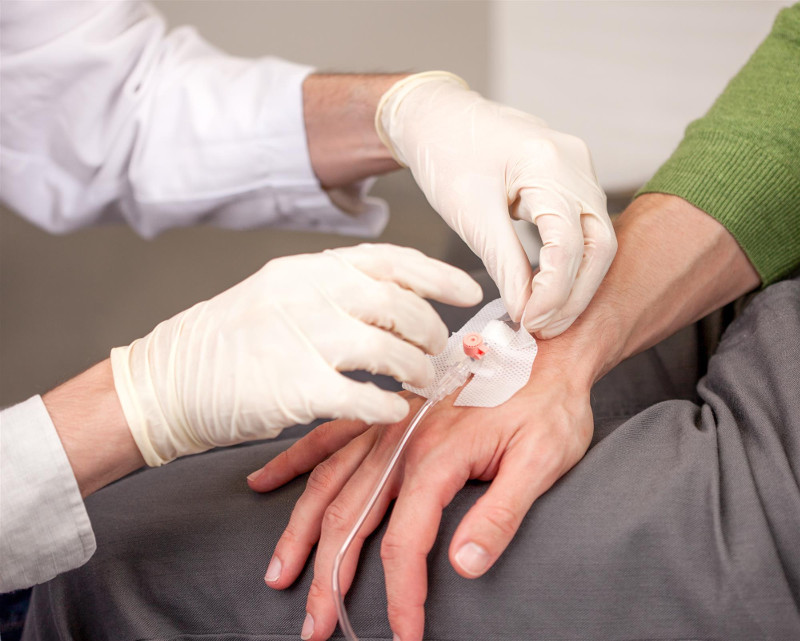
Transmission-Based Precautions
Healthcare workers should use the following precautions when working with patients who are known or suspected to be infected with an organism that requires more than standard precautions. Transmission-based precautions are based on the type of organism and the mode of transfer (e.g., blood, air, bodily fluids).
Contact precautions should be used for direct or indirect contact with blood, bodily fluids, expectorants, or surfaces that have been exposed to these things.
- Direct contact occurs when blood or bodily fluids enter the healthcare worker’s body through the mucous membranes or a break in the skin. Healthcare workers should use gloves when working with patients to avoid acquiring or transferring infections and skin mites.
- Indirect contact occurs when a healthcare worker picks up a pathogen while handling an object or through contact with an infected surface. Surfaces and objects must be decontaminated routinely, and healthcare workers should be diligent about proper hand hygiene.
Pathogens that require contact precautions include (but are not limited to) conjunctivitis, norovirus, intestinal pathogens, and C. difficile. Workers should wear gloves and gowns when working with patients, and PPE should be donned before entering a patient’s room and removed before exiting the patient’s room.
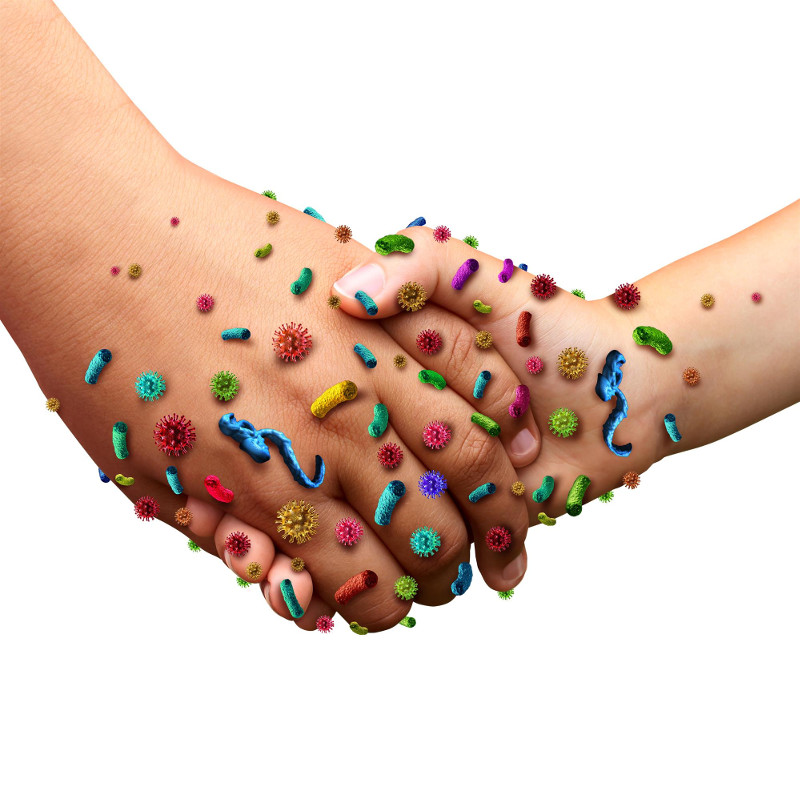
Droplet precautions are used to prevent the spread of pathogens, such as influenza, adenovirus pertussis, and pneumonia, through sneezing, coughing, talking, and moving short distances. These precautions should be used for staff and visitors who are within three feet of the patient. Patients with infections that warrant droplet precautions should be isolated in a single room when possible (or placed in a room with another patient with a similar infection). Patients should wear a mask and follow respiratory hygiene and cough etiquette when outside their room. Healthcare workers and visitors should wear a snug-fitting mask when near patients that require droplet precautions. No special ventilation is necessary for these patients, as the droplets do not travel long distances.
Airborne precautions should be followed for patients with pathogens such as TB, measles, and chicken pox, which can be carried in respiratory secretions. These particles (>5 microns) can travel long distances through the air, and, thus, require specific precautions. Anyone in the room with the patient is at risk of inhaling these pathogens. Healthcare staff members are required to wear an N95 respirator that has been fit tested, and patients must be isolated in single rooms with special negative pressure ventilation that contains and removes pathogens. Virulent infections, such as SARS and avian flu, require full-barrier PPE, including gloves, gowns, masks, and eyewear.
Protective environments : Patients who have severely compromised immune systems, such as from chemotherapy or stem cell transplants, require isolation in protective environments. Rooms must be well-sealed with an HEPA filtration ventilation system that changes the air 12 times per hour, and the room should have positive air pressure so that tainted air does not enter the patient’s room from corridors. Healthcare staff should don PPE that includes masks, gloves, and gowns when working with patients in protective environments. Patients must wear masks/respirators when outside their room.
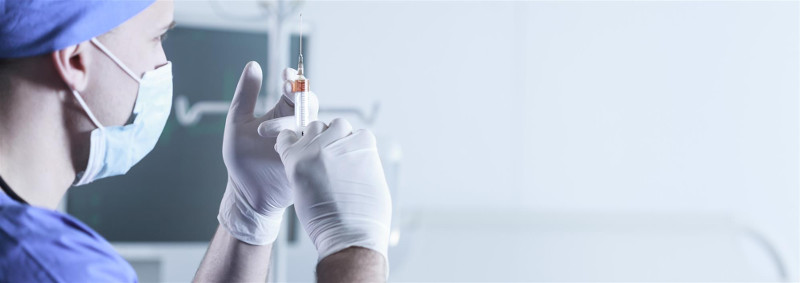
NEEDLESTICK SAFETY AND PREVENTION ACT
In 2000, the Needlestick Safety and Prevention Act was enacted as a modification of OSHA’s 1991 Bloodborne Pathogens Standard in order to improve the safety of needlestick medical devices. Among other rules, the Act requires that healthcare facilities maintain a log of sharps injuries, and it requires that at-risk, non-managerial staff members who have direct patient interaction participate in identifying and implementing safe workplace controls to prevent sharps accidents.
Other Prevention Strategies: Sharps
The CDC, OSHA, and NIOSH have all issued regulations designed to protect healthcare workers and patients. These include:
- The “Stop Stick” Campaign : In 1999, an estimated 800,000 healthcare workers experienced sharps accidents that exposed them to bloodborne pathogens; the “Stop Sticks” campaign by NIOSH, along with improvements in medical devices, has helped reduce that number to around 385,000 per year in the U.S. today.3
- The Needlestick Safety and Prevention Act : Among other things, the Act requires that healthcare staff at-risk for exposure to bloodborne or infectious materials use safety devices to reduce their risk of injury.
- Phlebotomist Safety Measures: The Joint Commission requires compliance with the Bloodborne Pathogens Standard in order for a healthcare facility to gain accreditation. The Commission recommends that phlebotomists use retracting or auto-withdrawing needles, safety devices for phlebotomy, and other measures, which have helped reduce injuries by 62 to 88 percent.3
- Use of Blunt Suture Needles : The CDC, OSHA, and NIOSH recommended in 2012 that healthcare professionals use blunt suture needles when suturing muscle and fascia to reduce needlestick injuries.
- Proper Needle Handling and Disposal : Sharps disposal boxes should be used and always emptied when full. Healthcare workers should never place needles on the bed with patients, and they should handle and dispose of needles properly during resuscitation measures.
Other Prevention Strategies: Linens and Trash
Healthcare workers should always treat bed linens as if they are contaminated. That means holding sheets and pillowcases away from the body during bed changes and placing soiled sheets in an appropriately labeled laundry bag/cart. Wound dressings and other materials that are dripping with blood or bodily fluids must be disposed of properly according to state/local guidelines regarding medical waste.
Other Prevention Strategies: Labs
Patient specimens should be placed in appropriate labeled containers/biohazard bags with clear labels to be sent to the lab. Labs should contain special, temperature-controlled refrigerators in which no food is stored. Lab staff should avoid eating, applying makeup, rubbing eyes, etc. in the lab. Spills must be cleaned up immediately with germicidal solutions, and the area should be allowed to air dry.
Other Prevention Strategies: Vaccinations for Healthcare Workers
Staff members should be encouraged to have regular vaccinations, including those for MMR, TDaP, HBV, meningitis, and flu.
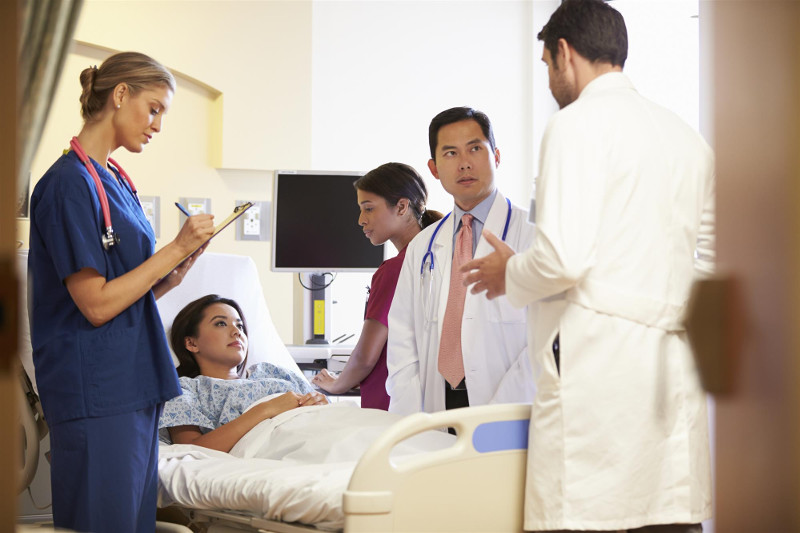
Better Infection Control Means Better Patient Outcomes
The prevention strategies and precautions outlined above have been proven to reduce the number of infections, sharps accidents, and other exposures. With proper healthcare education through live lectures, healthcare education videos, and nurse CE training, healthcare workers can improve their own safety as well as patient safety and outcomes.
